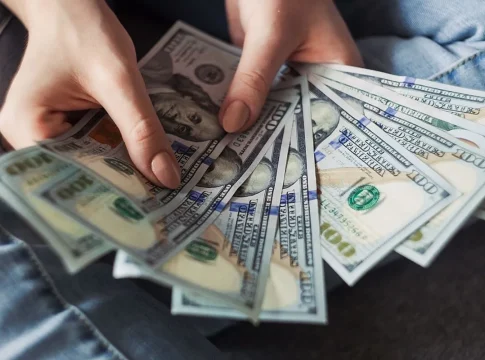Building Your Emergency Fund: A Key to Happiness and Stress Relief
When it comes to managing personal finances, one of the most crucial steps many overlook is the emergency fund. But how much should you have set aside? Recent insights suggest that having a solid financial cushion can lead not only to better stability but also to increased happiness and lower stress levels.
Why an Emergency Fund is Essential
An emergency fund is your financial safety net—a stash of cash reserved for unexpected expenses such as medical bills, car repairs, or sudden job loss. Having this fund can significantly ease the mental burden of financial uncertainty.
How Much Should You Save?
While there’s no one-size-fits-all answer, many experts recommend saving between three to six months’ worth of living expenses. This range ensures you have enough to cover essential bills—like rent, utilities, and groceries—during tough times.
Here’s a quick breakdown:
- 3 Months: Ideal for those with stable jobs and minimal expenses.
- 6 Months: Recommended for freelancers, gig workers, or anyone in a volatile job market.
The Psychological Benefits of Saving
Research shows that psychological well-being often correlates with financial security. When you have an emergency fund, you’re less likely to feel anxious about day-to-day expenses. The comfort of knowing you can handle unexpected costs translates to a more peaceful mindset.
Consider this: Imagine you get into a minor car accident. If you have an emergency fund, you can pay for the repairs without panic. Without that fund, you might resort to credit cards, accruing debt that could weigh on you for months—or even years.
Practical Steps to Build Your Fund
So how do you get started? Building an emergency fund doesn’t have to be overwhelming. Here are some practical tips:
- Set a Target Amount: Start small—aim for $500 or $1,000 as your first goal.
- Automate Your Savings: Set up automatic transfers from your checking account to a separate savings account each payday.
- Cut Unnecessary Expenses: Review your budget for areas to trim. A few small changes can add up quickly.
- Use Windfalls Wisely: Tax refunds, bonuses, or gifts can jumpstart your savings.
Conclusion
In summary, having a robust emergency fund isn’t just practical; it’s transformative. By saving for those inevitable surprises, you’re investing in both your financial health and your overall happiness. Take time this month to evaluate your savings strategy and set a plan in motion. Remember, financial peace of mind is only a few saved dollars away!

Writes about personal finance, side hustles, gadgets, and tech innovation.
Bio: Priya specializes in making complex financial and tech topics easy to digest, with experience in fintech and consumer reviews.

